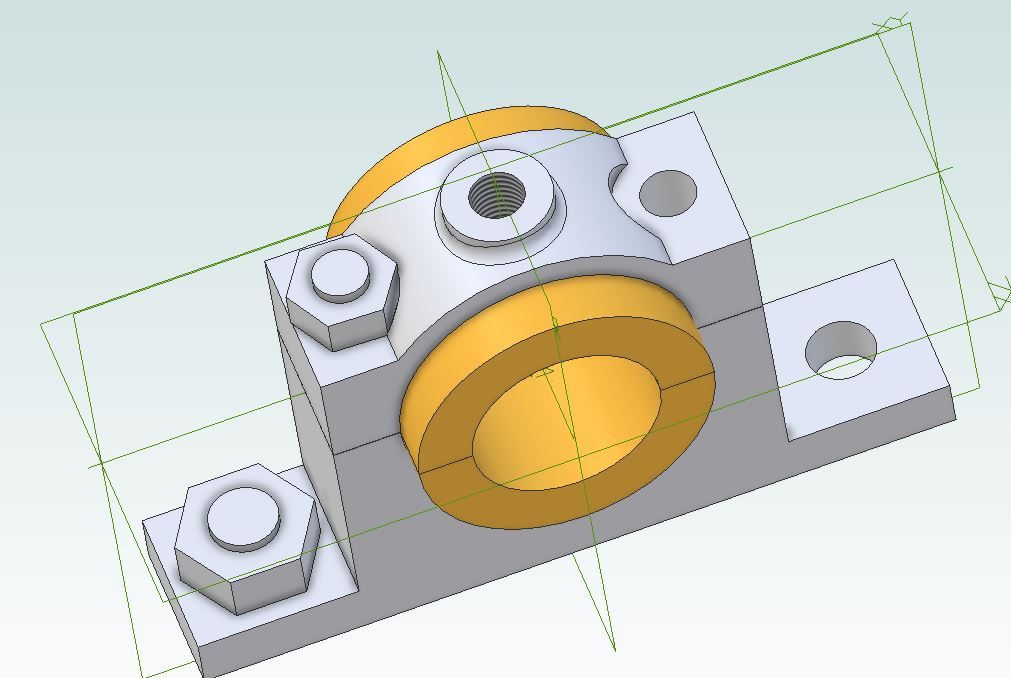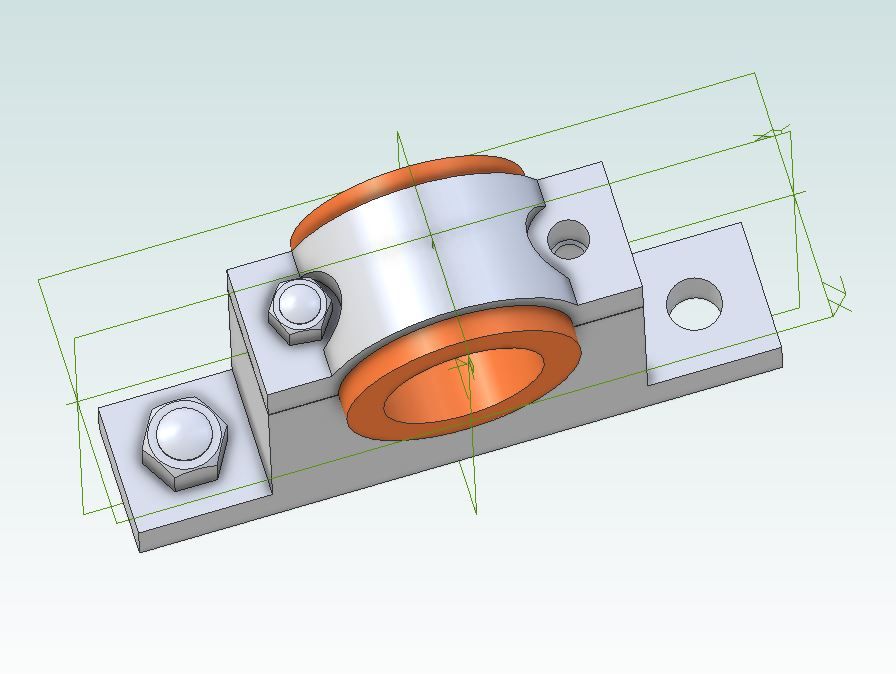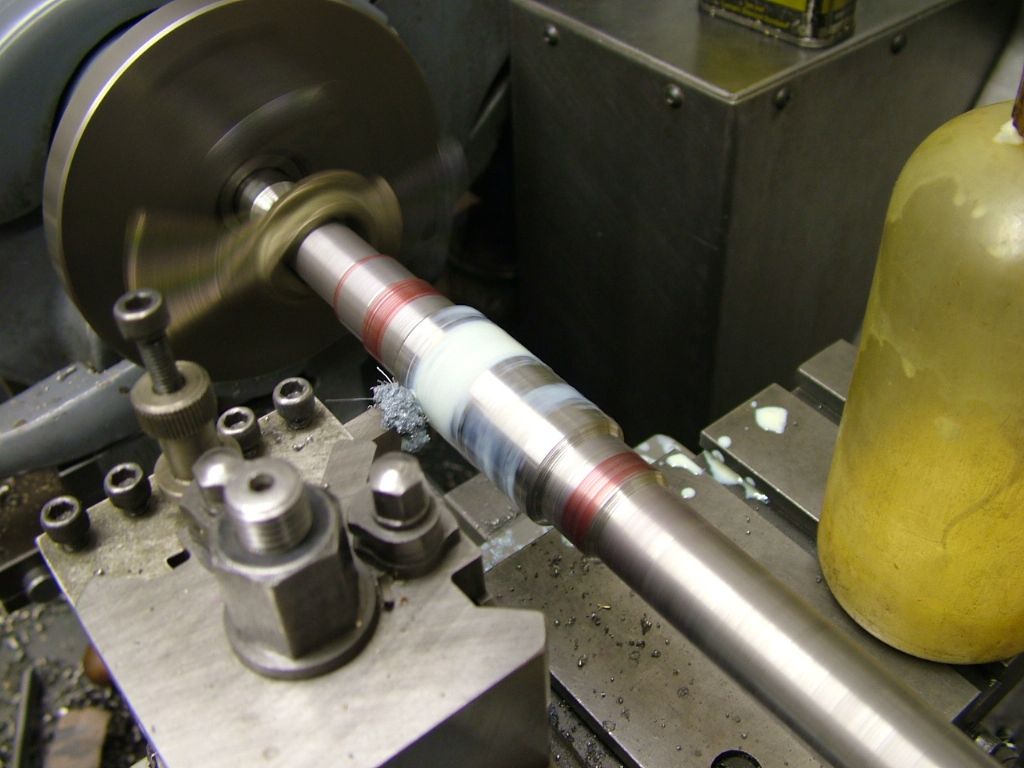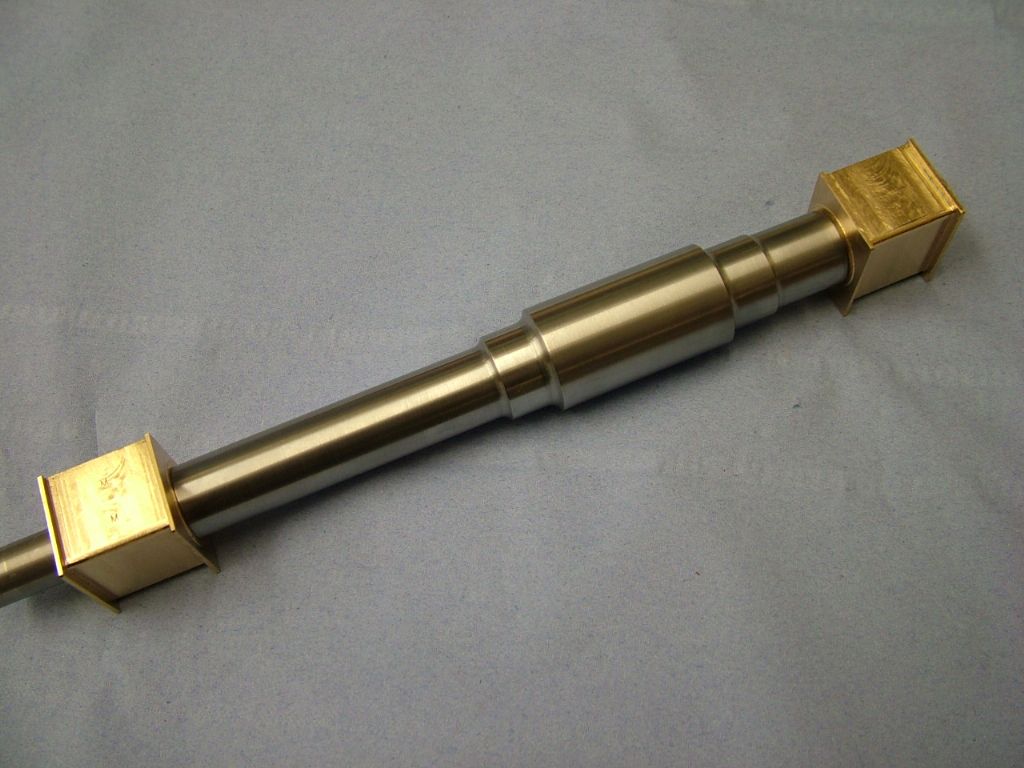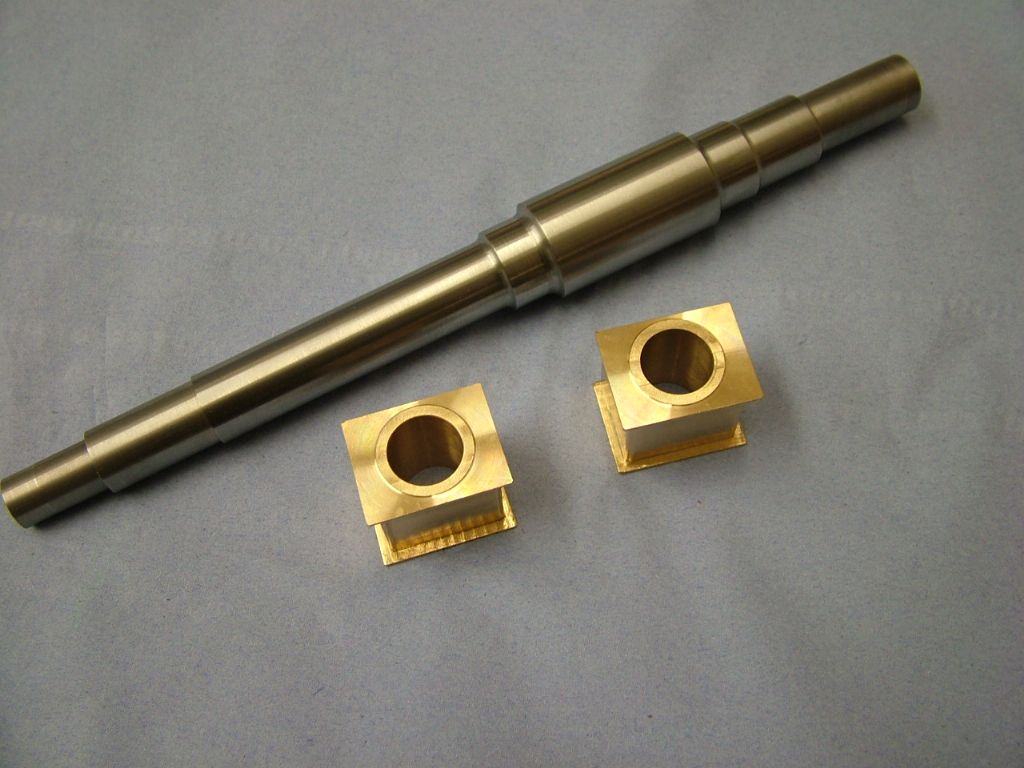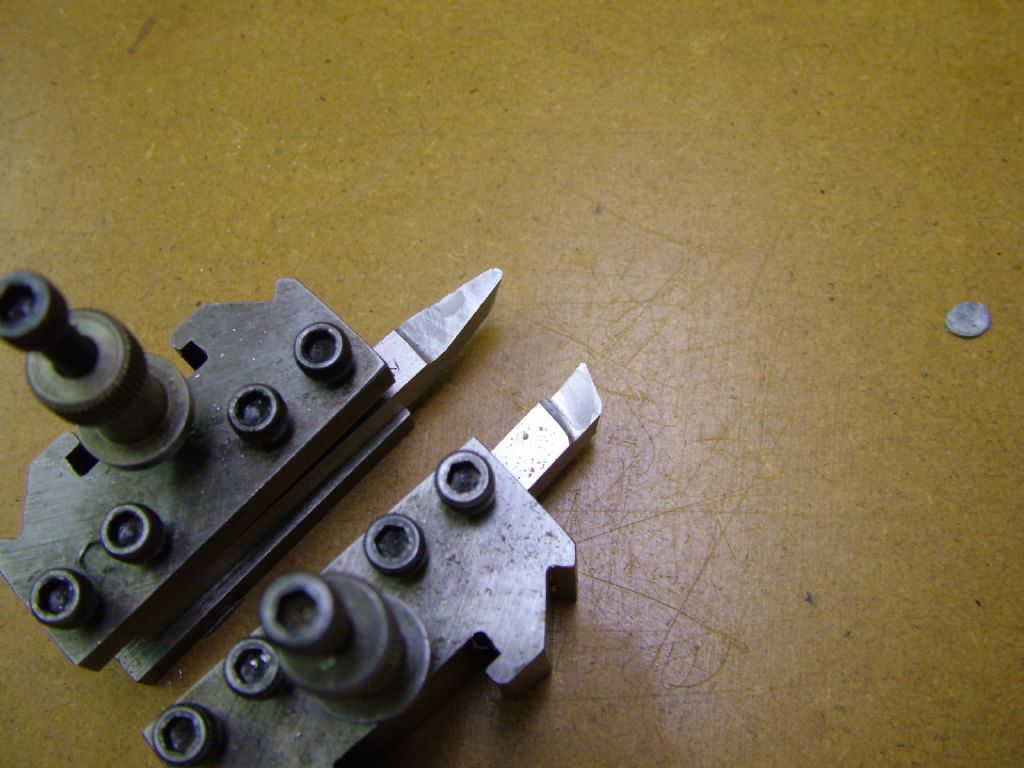Well, as said so long before – "Listen to all, make your own mind up and go for what you consider best"
Jason has built some fine engines and his skill is not in doubt. Often, however, I see things from a different perspective and try to convey that – not in opposition or disagreement but from an ease of machining perspective to arrive at the best accurate result with limited kit.
In an ideal world the shaft would be drawn with dimensions clearly toleranced as would the components to fit it. Each tolerance, if worked within, would ensure the correct type of fit. As we are not in an ideal world so compromises have to be made.
So – stock material – in my book all you can do is measure it and make everything that goes on it to suit – Flywheel, bearings, eccentrics and cranks – we haven't even got to fitting them yet. Stock material rarely has a surface finish you can accept for such a fit as a running bearing. Okay, maybe, for line shafting but you are making a precision item. Each bore has different requirements so all need separately required measurement. If however, all are bored beforehand – even if slightly different in tolerance, then the shaft can be made to fit each part – much easier to do with the shaft off the lathe than trying to insert the shaft in a small item in the lathe (flywheel excepted) To use stock material as a plug gauge in order to turn a fit suitable for a running bearing is not, in my opinion, a way to go about obtaining such a fit.
So, in my simplistic approach, the parts require a uniform bore (of varying diameters if desired) and the shaft is turned to suit – easily measured for certain – and the shaft brought to size to suit each component.
The book text, you say, confirms what I'm advocating – turning the shaft from larger material.
There you go then Doc – paying money and choosing is your option
Best – R
Edited By Ramon Wilson on 21/07/2022 14:03:28
Dr_GMJN.



